Teamfight Tactics began its annual Lunar Festival on January 23. The event is a huge celebration for the community, with the game providing plenty of goodies for the millions of fans across the world who celebrate the Lunar New Year. Teamfight Tactics shoulders a big responsibility in trying to keep its own celebration feeling fresh, but there is no shortage of tools under the developers’ belt.
The Lunar Festival is currently expected to end on March 31, 2025. To join in on the celebration, Game Rant spoke with senior project manager Christina Jiang, senior cosmetics producer Theo Gallois, game designer Julien Camaraza, and set finalization lead Kent Wu. They answered a few questions about The Lunar Festival and their design process with Teamfight Tactics as a whole. The following transcript has been edited for clarity and brevity.
How Teamfight Tactics Keeps the Lunar Festival Feeling Fresh with New Content
Q: How do you keep the Lunar Festival feeling fresh each year? What sets the 2025 Festival apart?
Jiang: Lunar New Year is such an important holiday for our players, so each year we want to deliver on both novel gameplay and a celebratory in-client experience. This year, we brought back a fan-favorite set, Fates: Festival of Beasts, which also happens to be LNY-themed. In addition to adding new Augments and Prismatic traits in order to create higher high moments for players, we also brought the celebration into the revival by adding LNY touches onto the Opening Encounter VFX and Augment card art. Leaning heavily into the theme really set this yearʼs Lunar Festival apart, and we hope players enjoyed the set revival, themed cosmetics, and free rewards during this special time.
Q: How do you choose which Champions to give special attention to during the Lunar Festival?
Jiang: We partner with our Cosmetics team to determine what champions or Little Legends would be the best fit for this particular year. A couple of different factors go into what champions are picked including their popularity, if they have existing Chibis, etc.
Gallois: We are lucky to have an amazingly rich world with Runeterra that we can endlessly go back to for inspiration. Lunar Festival is a treasured time for millions of players around the world, so we take great care in providing a wide variety of Cosmetics experiences. From the derpy Snek, the whimsical Zoe, to the badass Dark Cosmic Jhin Unbound, we hope that players can find a Tactician or Arena that speaks uniquely to them.
Q: The Chibi Champions are a pretty big part of this year’s Lunar Festival. What made you wanna take this direction? Which is your favorite?
Gallois: When deciding which Cosmetics would fit this yearʼs Lunar Festival, we always start by thinking about “What would get players excited?ˮ We know that there is a ton of love out there for our champions (we see all the comments!). Zoe and Seraphine in particular have been very popular requests in our Chibi-loving community, both online and in surveys.
We wanted to provide a variety of experiences with our tacticians – Mythmaker Zoe is a closer fit with the theme of the Lunar Festival, while K/DA Seraphine is one of the most beloved skins in our community. For our Prestige, Porcelain Ezreal felt like a natural fit, both due to the Porcelain theme, and the fact that our last take on Ezreal was back in Set 11. The timing felt just right!
I have a soft spot for Chibi Mythmaker Zoe, especially her finisher, which never fails to make me chuckle. The team did a great job representing Zoeʼs playfulness in every facet of her Chibi. I love spamming her emotes on the Carousel.
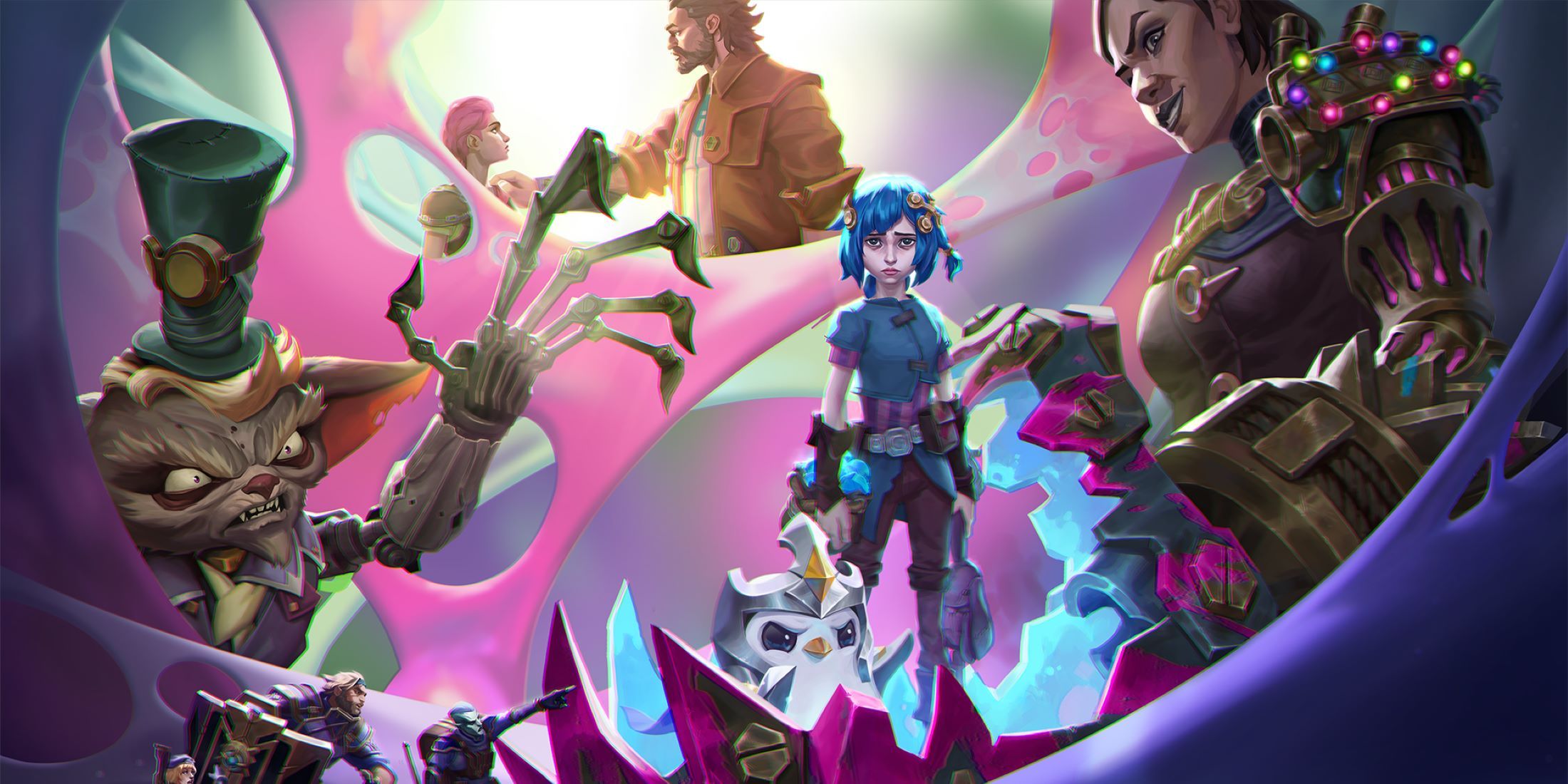
Related
Teamfight Tactics Into the Arcane’s Exclusive Characters Explained
Teamfight Tactics’ newest set Into the Arcane is an homage to the show’s second season, featuring exclusive champions that fans will love.
How Teamfight Tactics Continues to Evolve with New Champions and Balance Updates
Q: Teamfight Tactics provides a lot of room for Champions that couldn’t work in League of Legends. How do you decide who should be added to the game?
Camaraza: We start every set with the core theme (Magic, Arcane, Music, etc.) and look through our library of skins across League of Legends and Wild Rift to determine the best factions for delivering that theme. During this process, we also consider what roles the champions would best serve in the game from a mechanical perspective. Ideally, when you play 6 Enforcers, you have a good mix of damage dealers and tanks.
During this process, we’re taking notes of the biggest weaknesses of the set and thinking about what tools we have to correct them. Two examples that come to mind are Set 10 (Remix Rumble) K/DA and Set 13 (Into the Arcane) Chem-Baron. K/DA had a roster of popular champions, but none of them had the silhouette or profile needed to be a tank. So Lillia and Neeko were given Superfan skins, as they have larger character models that made them appropriate for being tanks. With Chem-Baron, we wanted it to be a large trait with lots of resonance to the show but only had Singed, Silco, and Renata to start with. We felt the best way to represent the Chem-Barons as a faction was to have characters directly pulled from the show. Sevika, in particular, was a real fan favorite, which is why she got the 5 cost treatment this time around.
That isn’t to say itʼs always mechanical! There are definitely times when we could use champions or skins we already have, but thereʼs a character that our team has a lot of affinity for and we are just too excited to skip the opportunity. Alune and Norra are characters that we absolutely love and wanted to bring to the game simply to have a chance to interpret them in our own way. As TFT continues to grow and be a tool to strengthen players’ connections to LoL universe, we need to find more and more ways of conveying stories outside the ones represented in League of Legends. From a development standpoint, itʼs also important that we continue to challenge ourselves to surprise players. Set 11 (Inkborn Fables) introduced Kobuko and Alune and Set 12 (Magic nʼ Mayhem) introduced Norra – I don’t think anyone could’ve guessed we were going to make 10 original champions for Set 13.
I will also add, I don’t think that just because a character first appears in TFT means they can never appear in League of Legends. We have a great working relationship across all of our games and if the right opportunity came around, we’d be very excited to share our work with them, the same way that they often share their work with us.
Q: How do you stay on top of balancing challenges with each patch?
Wu: We rely on three different sources to try to make the best balance decisions:
- Data: We look at data to inform what looks obviously out of line. Data never paints the full picture since it is always contextual, but it both gives us a good sense of what to look for and also confirms our (and players’) reads on the set content.
- Experience: We play the game and watch players play the game. By experiencing the content ourselves, we get a good baseline of what seems over or under the power bar.
- Sentiment: We keep tabs on player sentiment about the meta. This may point to things to investigate further that arenʼt captured by the first two sources. Ultimately, even if player sentiment doesn’t match data (if players think a unit sucks, but it performs well in data), there has to be a reason that players feel that way, so itʼs worth at least looking into.
By combining these 3 sources, we can put together a solid view of the meta and make decisions on what to patch.
Q: What set was the most challenging for you to balance?
Wu: This is a difficult one. Every set has its challenges depending on the type of content we’re making for that set, weighted heavily by the set mechanic. For example, Set 6 introduced augments for the first time which added an entirely new axis of power that players could optimize around, while Set 13 (Into the Arcane) allowed players to essentially equip a “4th item” through Anomalies. These changes challenge us to rethink our power dynamics and mean the units and traits require much more adjustment from the baselines that we’re used to.
That being said, I think Set 9.5 (Horizonbound) was probably the most difficult to balance because of Legends. Allowing players to force specific augments that then allowed them to force specific builds proved difficult to balance (I’m looking at you, Twisted Fate + Pandoraʼs Items). We want there to be fun chase moments in TFT, like getting 3 Rapidfire Cannons on a Mordekaiser, but when these power ceilings become achievable every game, it not only removes the high of the chase but also causes balance issues.
Q: Are there any sets/units you expect to be on the rise? Any that players should be out on the lookout for?
Camaraza: Set 13 (Into the Arcane) has been out for a while now, and with its maturity, we’re getting to the point that the set is pretty balanced. I don’t foresee any major overhauls coming for the last few patches. That being said, we recently made a change where the Chem-Baron emblem was removed and, because of that, we were able to buff the numbers on the trait a lot.
Previously, playing Chem-Baron was SO much stronger with the emblem than without, that we had to balance it around the outlier case. With its removal, I think we’re going to see a lot more pro games featuring Chem-Baron. Pro players are very good at navigating risky traits and, in a balanced world, playing a risky trait can give you a real advantage in a competitive environment. I’d definitely recommend players to watch the Tacticianʼs Crown in March and see how the meta has evolved post-emblem removal.
Q: What was your favorite unit to work on? Is there any part of the game that you’re proud of working on that you wish got more attention?
Camaraza: I am super proud of the Form Swapper trait and the 4 units within. Taking Jayce’s unique Transformer trait and expanding it to a small class felt like a great way to pay tribute to Gizmos and Gadgets while still being able to innovate. We’ve seen a lot of creativity from players regarding which form to use for each champion at different times. Of course, we predicted the obvious answers, but I’ve also seen players make really surprising boards that I had never thought of and be successful with them.
I also feel very honored to have worked on Mel. Sheʼs a very important character to Arcane and got to make her video game debut in TFT as a 6 cost. We knew that she and Viktor were both going to deal lots of magic damage, so making her feel distinct from Viktor while still feeling like herself was very important to us. I think sheʼs a ton of fun as a quick-casting and agile mage. Her shields and ability to protect the player from death are also a clear reference to her saving Jayce and Caitlyn in the show from danger, so I think we hit our goals well.
There isn’t too much that I feel has been underrepresented, especially at this point in the set when players have had so much to explore. The only thing that really comes to mind is Rumbleʼs unique trait, Junker King. Players are definitely aware of it, and I’ve seen some community discussion around which ones are the best to pick at different times, but I’m surprised I haven’t seen a full deep dive guide yet by any pro players.
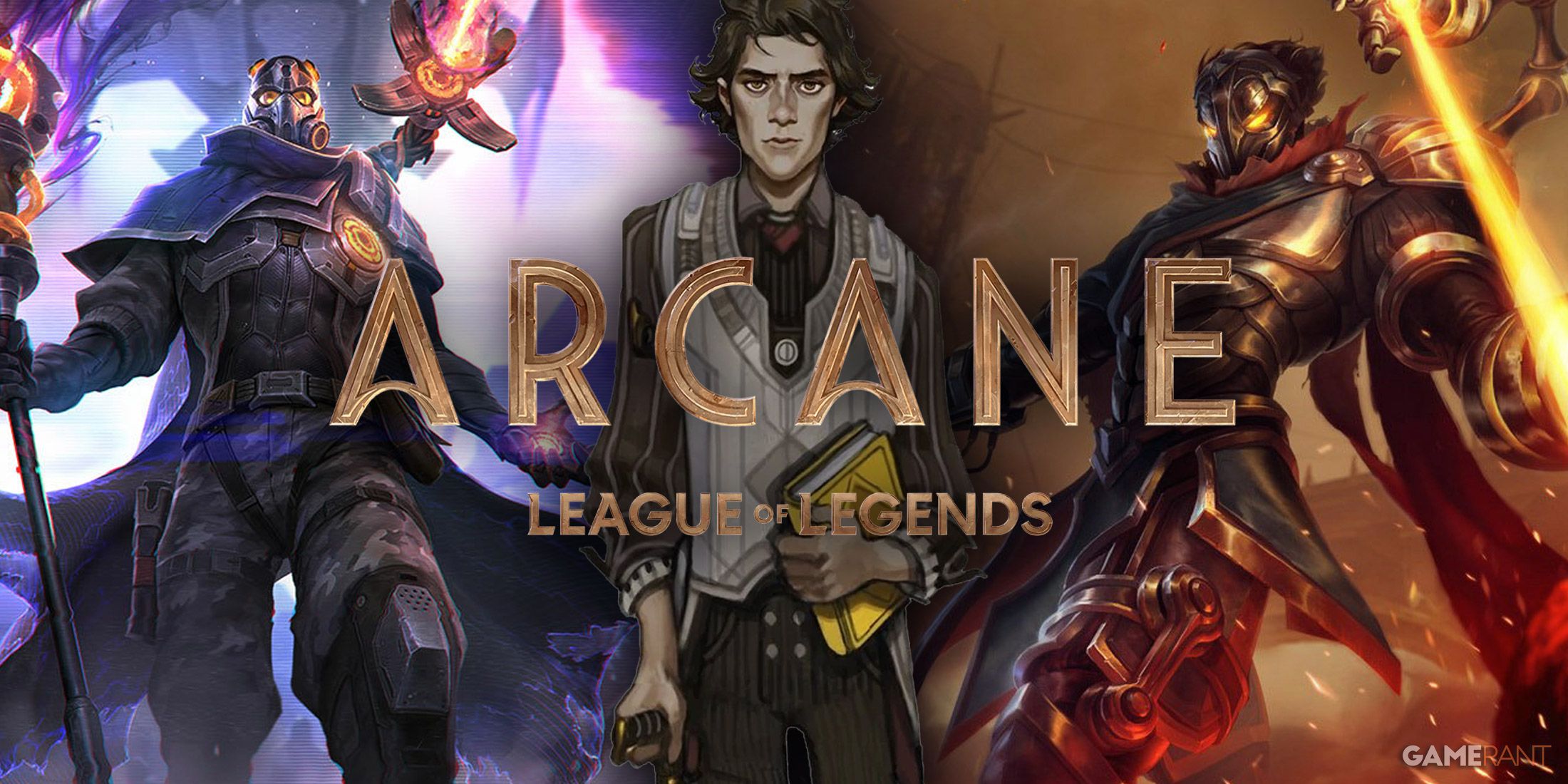
Related
League of Legends Capitalizing on Arcane For One Character Could Be a Blessing or a Curse
League of Legends will capitalize on Arcane by giving one classic Champion a rework, but this design approach could prove to be a double-edged sword.
How Teamfight Tactics Handles Reworks
Q: Viktor’s rework was a bit controversial in the League of Legends community. How had the Teamfight Tactics fanbase responded to this rework and others?
Camaraza: With Viktor debuting after the Arcane finale, his rework fit into the overall tone and storytelling of the set. We haven’t seen as much frustration on the rework from TFT players, but I believe TFT players are very accustomed to us interpreting characters in ways they weren’t expecting, so they were a lot more open to the change in the context of the set.
Q: What leads you to think that a unit needs a rework? What really puts them on your radar as overly problematic or underperforming?
Wu: We strive for every unit in the game to have a “3-item fantasyˮ, meaning that players are excited to put 3 items on them and watch them do their thing successfully; whether itʼs deleting the board in one big cast, tanking everything for the entire fight, or jumping in & teetering on the brink of death before vamping back up. There are times when units either have questionable success criteria or struggle to find their success at all.
For example, to succeed with Set 12 (Magic nʼ Mayhem), Ahri players needed to position the entire board one exact way with 3 specific items which allowed her to kill multiple units at a time with her true damage, and if players didn’t do this, she sucked. Balance changes would’ve adjusted how good the success case was but wouldn’t have helped with the success criteria, so we opted for a rework. We’ve been able to start validating this goal much earlier in development, so the hope is that going forward players won’t need to experience units changing on them in the middle of a set.
[END]
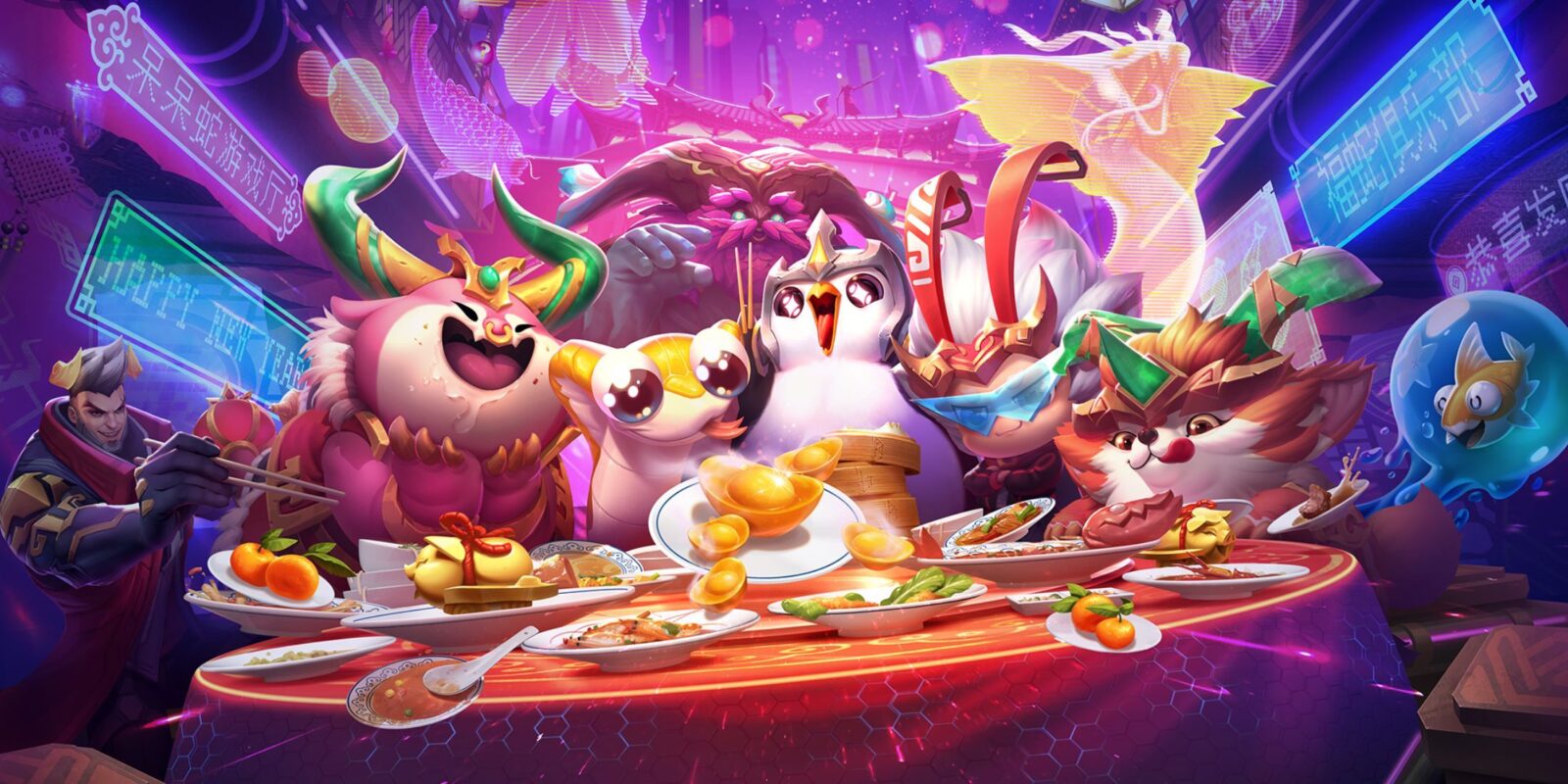
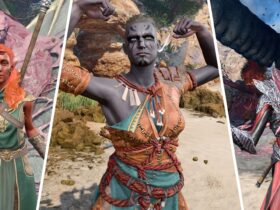
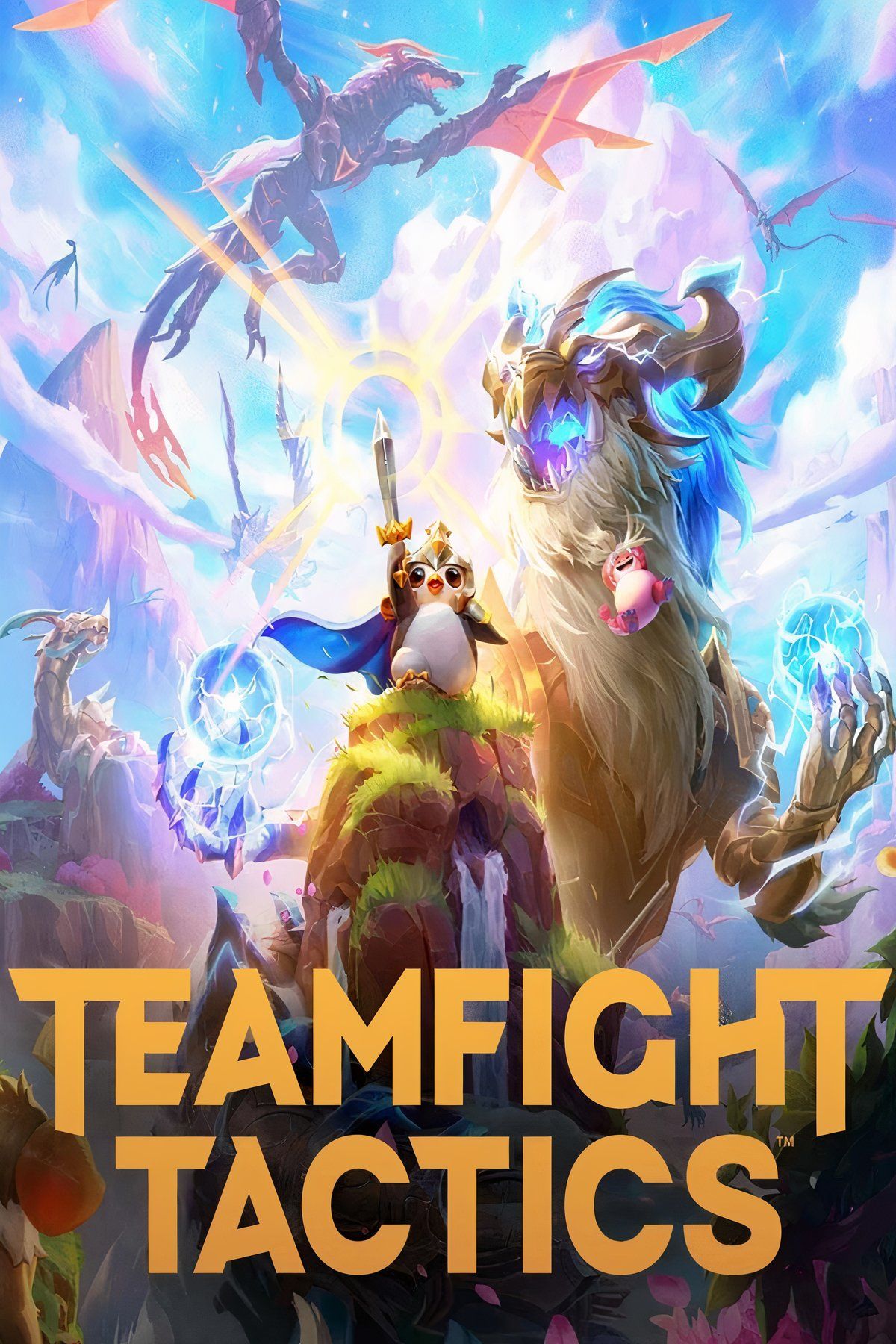
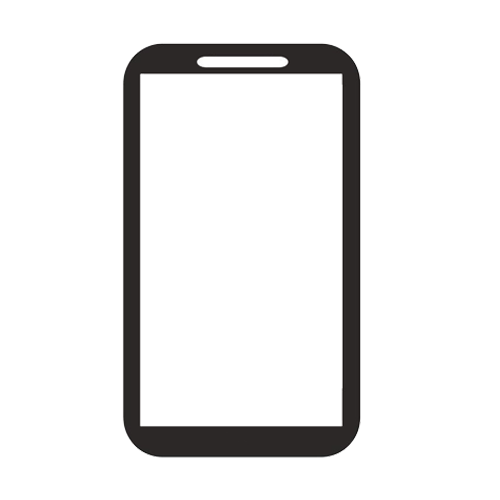

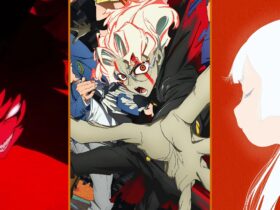
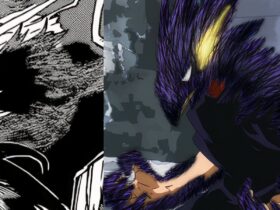
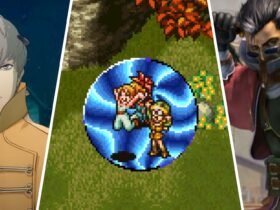
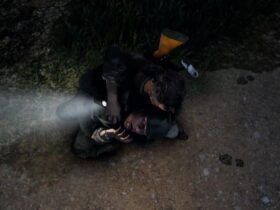
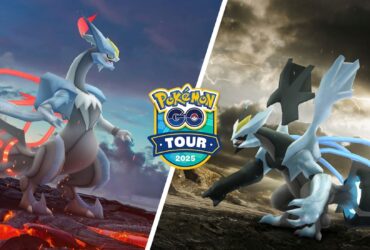
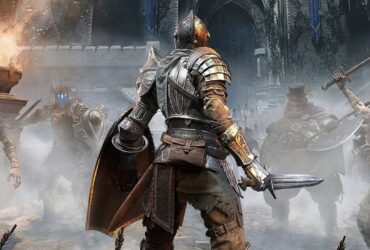
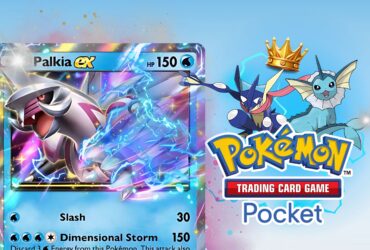
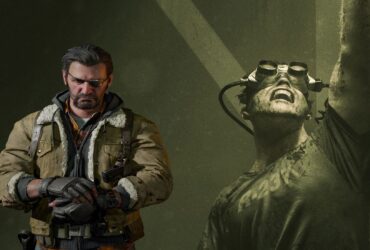
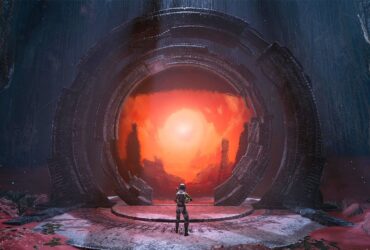
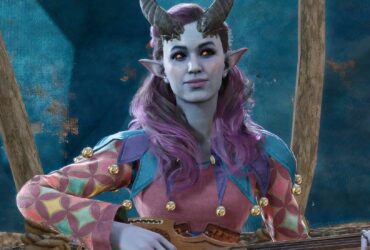
Leave a Reply